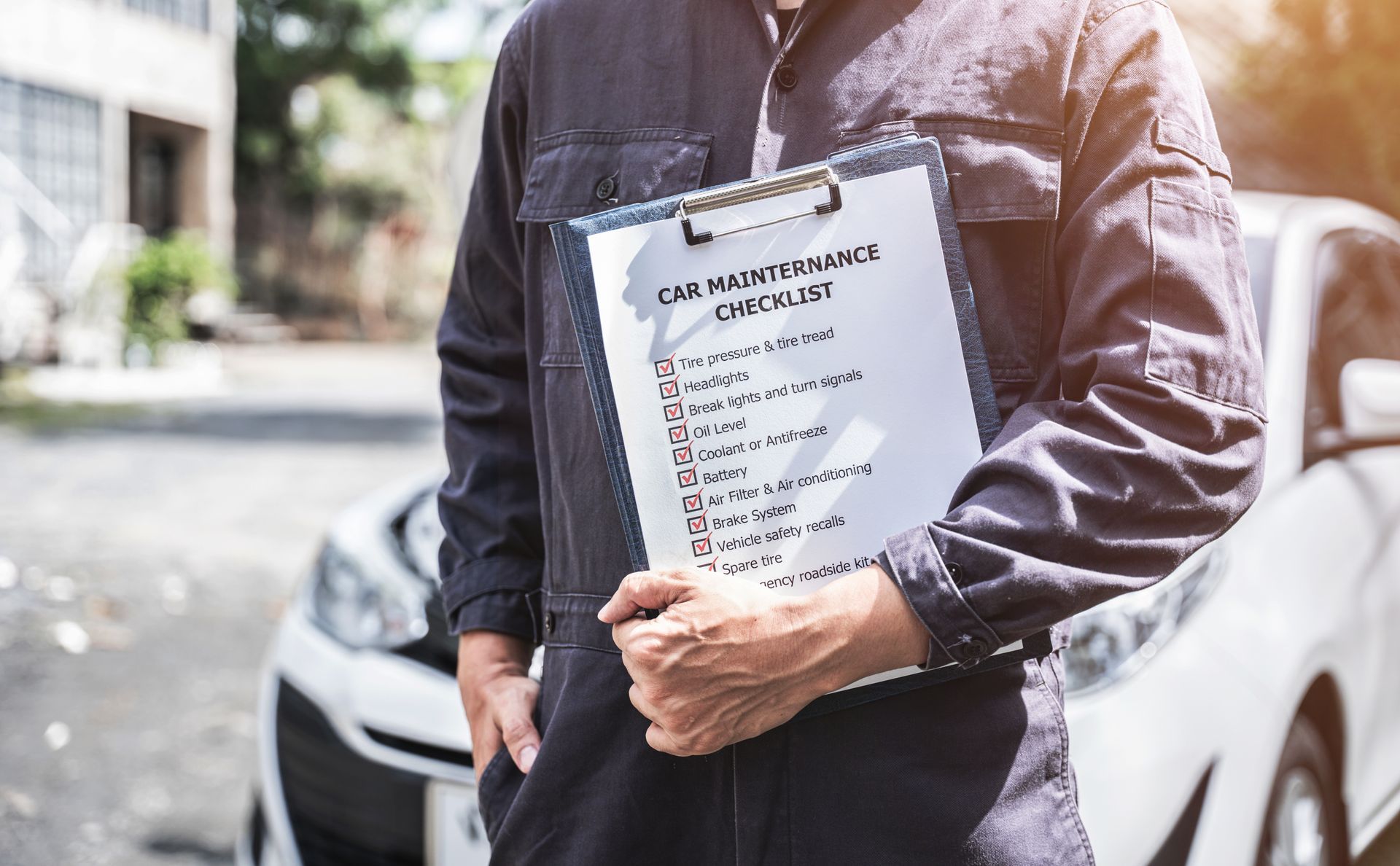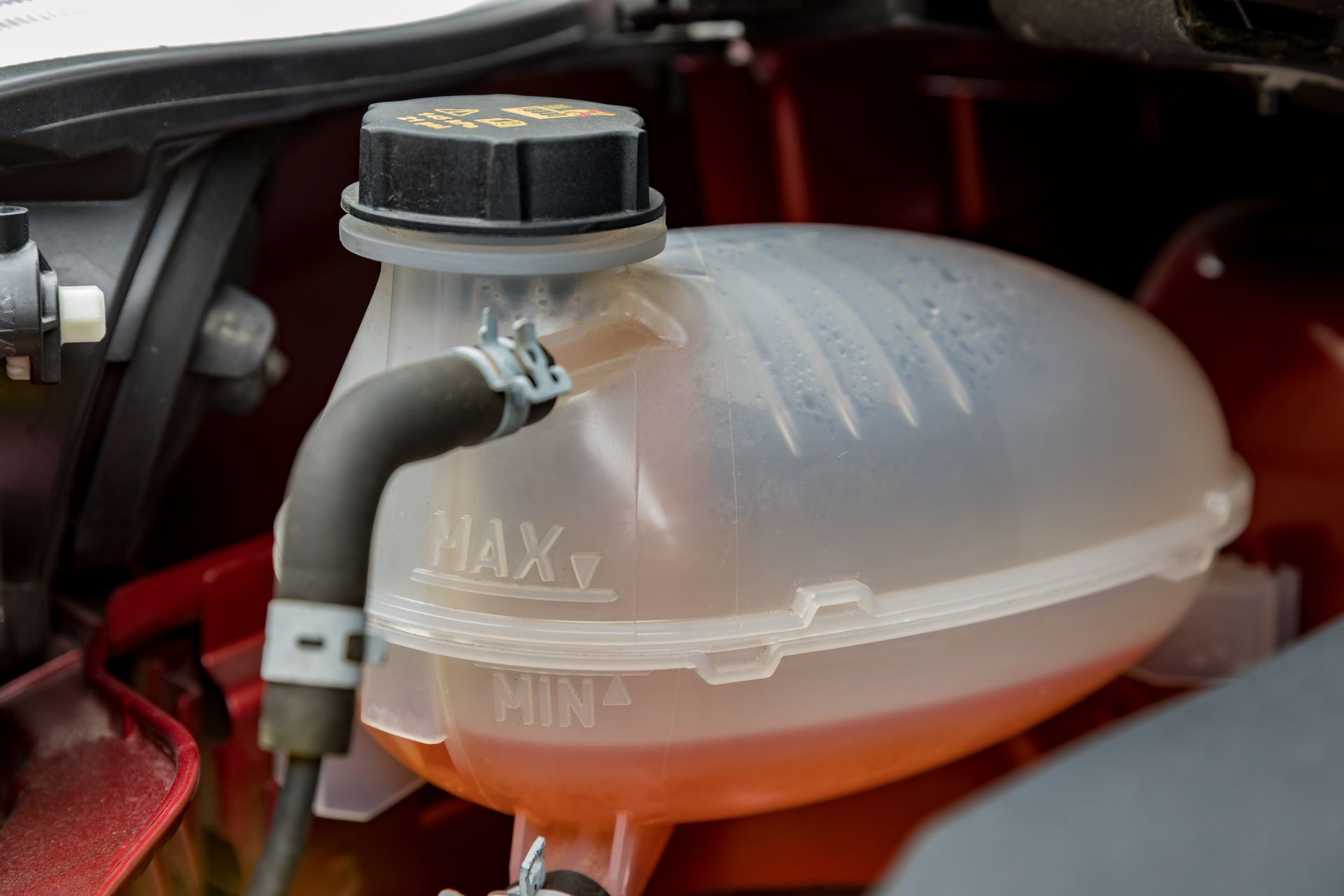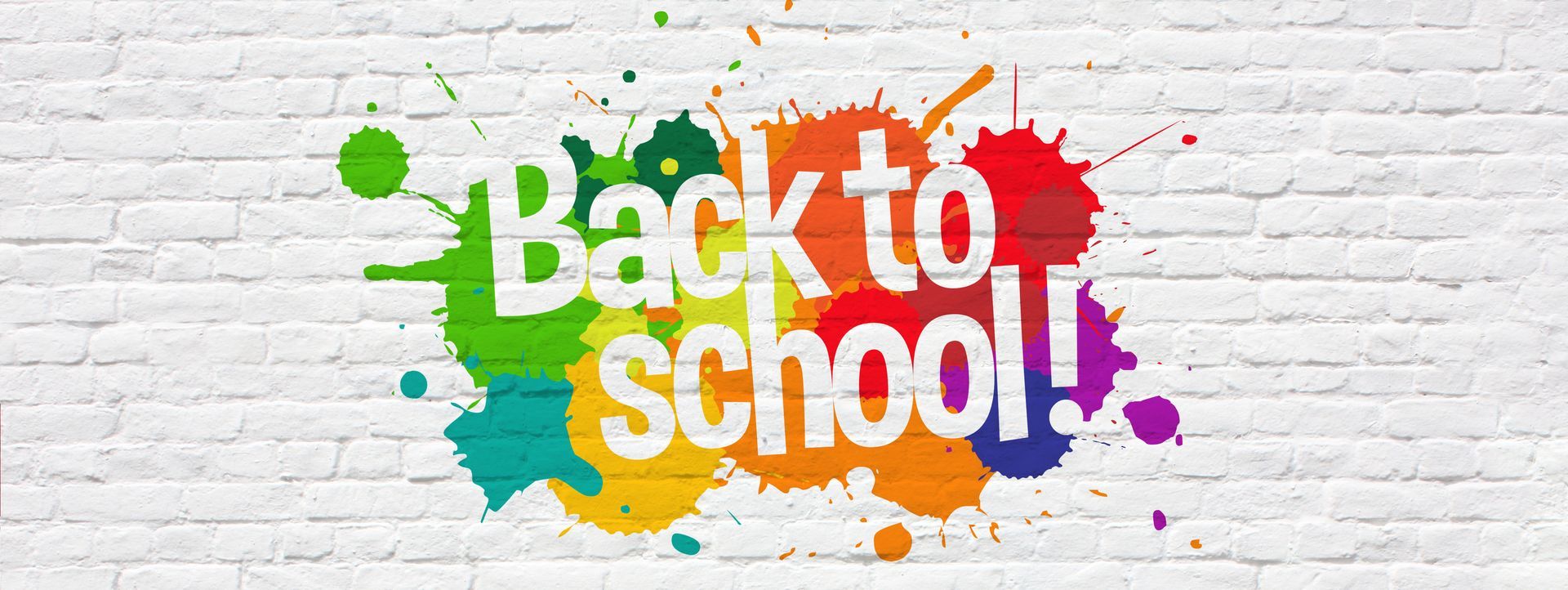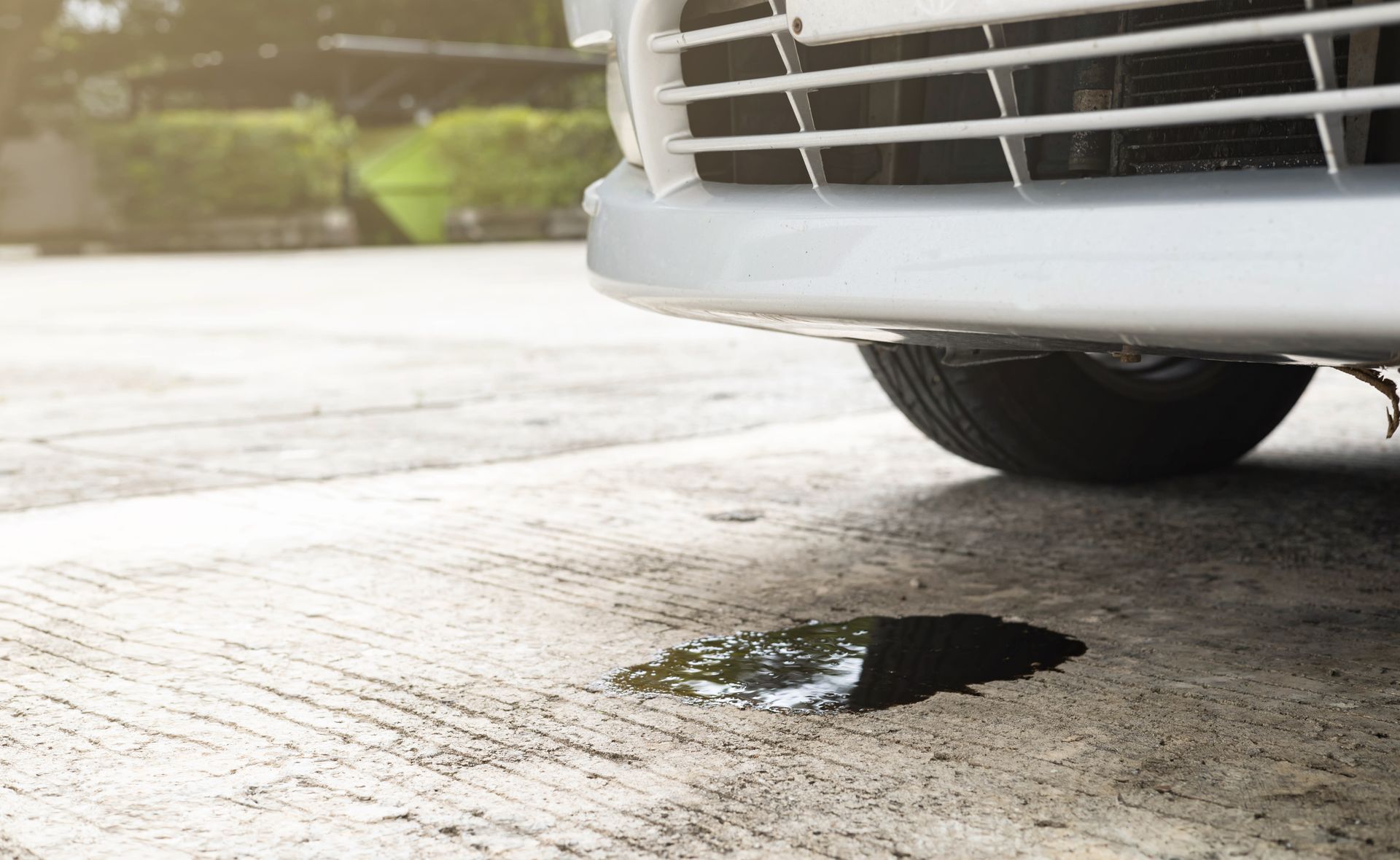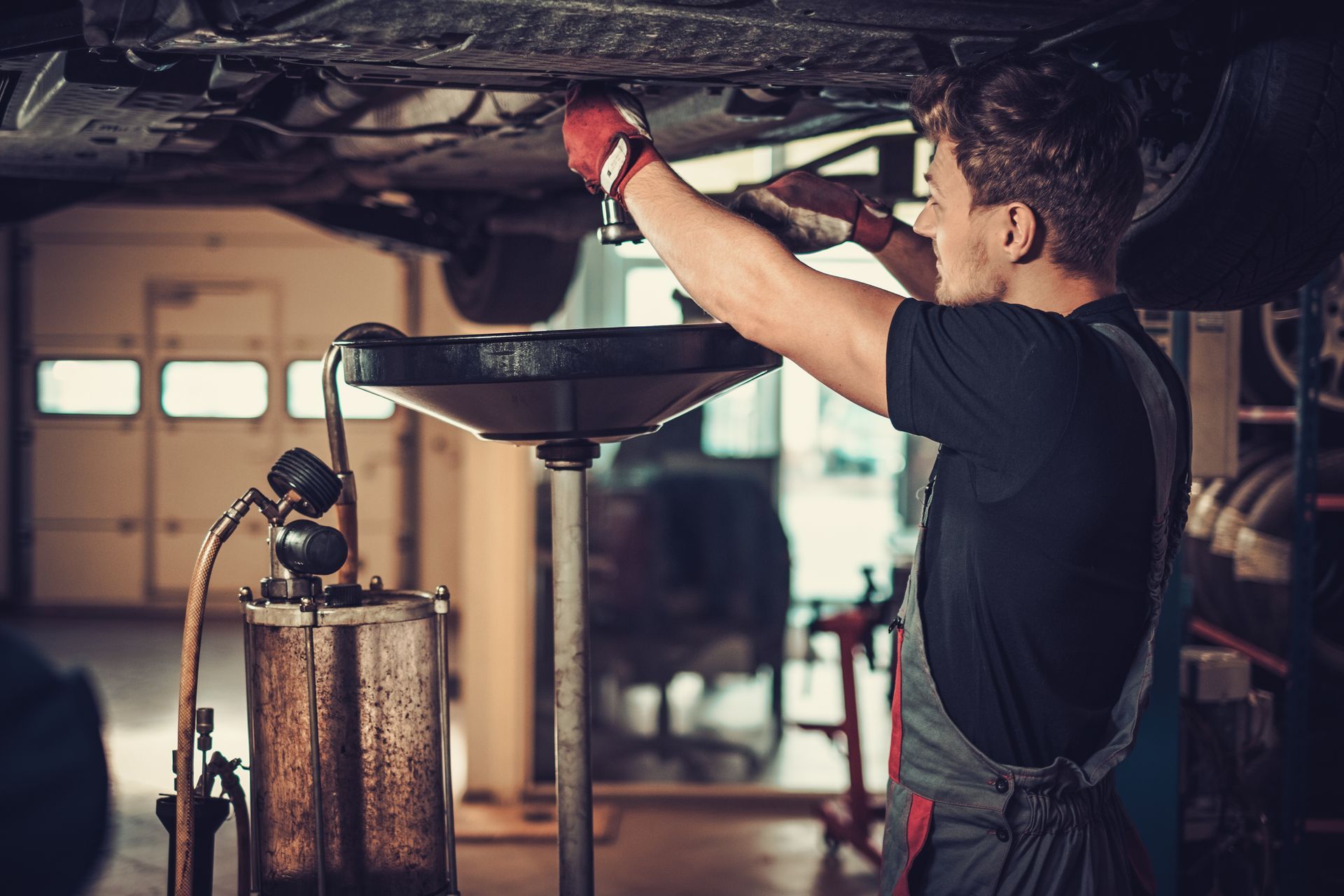Your car’s engine depends on perfect timing to run smoothly, and the timing belt is the component that makes it all happen. It synchronizes the rotation of the crankshaft and camshaft so that the engine’s valves open and close at the right moments. When the timing belt wears out or breaks, everything falls apart—literally.
Unlike other car parts that may give warning signs before they fail, a timing belt can snap without notice, potentially causing catastrophic engine damage. That’s why staying ahead of time for your timing belt replacement is one of the most important things you can do for your vehicle.
What the Timing Belt Does
The timing belt is a reinforced rubber belt with teeth that control the timing of your engine’s internal components. In most engines, it connects the crankshaft (which controls piston movement) with the camshaft (which controls the opening and closing of valves). This synchronization is critical for proper combustion.
If the timing is even slightly off, your engine may run rough, misfire, or stall. If the timing belt breaks entirely, the pistons and valves can collide, especially in interference engines, resulting in bent valves, damaged pistons, and a costly repair bill.
How Often Should You Replace the Timing Belt
Most manufacturers recommend replacing the timing belt every 60,000 to 100,000 miles, depending on the vehicle. Follow the interval listed in your owner’s manual or consult a trusted repair shop if you’re unsure.
If you’ve recently bought a used vehicle and don’t have service records showing the timing belt has been replaced, it’s safer to replace it proactively than to gamble on unknown history. Waiting until it fails could mean the difference between a simple belt change and a full engine rebuild.
Why Delaying Replacement Is Risky
A worn timing belt may not show any obvious signs before it fails. You might not hear strange noises or feel anything different while driving. But when it snaps, the engine will stop instantly, and often in the worst possible situation, such as on the highway or in heavy traffic.
Interference engines, which are common in many modern cars, are especially vulnerable to damage from a broken timing belt. In these engines, the pistons and valves share the same space, but at different times. Without the belt keeping them synchronized, they collide violently, causing extensive internal damage.
Related Parts You Should Replace at the Same Time
When replacing the timing belt, it’s often recommended that the water pump, tensioner, and idler pulleys also be replaced. These components are usually located in the same area and have similar lifespans.
Replacing them together can save you money on labor, since accessing these parts typically requires removing the same components. It also helps prevent future problems, as a failing water pump or pulley could ruin a brand-new timing belt.
Does Your Vehicle Have a Timing Chain Instead
Some vehicles use a timing chain instead of a belt. Timing chains are made of metal and designed to last much longer—often the life of the engine—but they’re not immune to problems. Chains can stretch, and tensioners can wear out, especially in high-mileage vehicles or those with poor maintenance history.
If your car uses a timing chain, regular oil changes are critical to keeping it lubricated and in good shape. If you hear rattling noises from the front of the engine, have it checked before the chain causes bigger issues.
Power Automotive – Trusted Timing Belt Service in Santa Clarita, CA
At Power Automotive in Santa Clarita, we understand how important your timing belt is to the life of your engine. Whether you’re due for replacement or want to inspect its condition, our expert technicians will provide a thorough evaluation and high-quality service using trusted parts.
Don’t wait until your timing belt breaks—schedule your replacement today and keep your vehicle running safely and smoothly.

